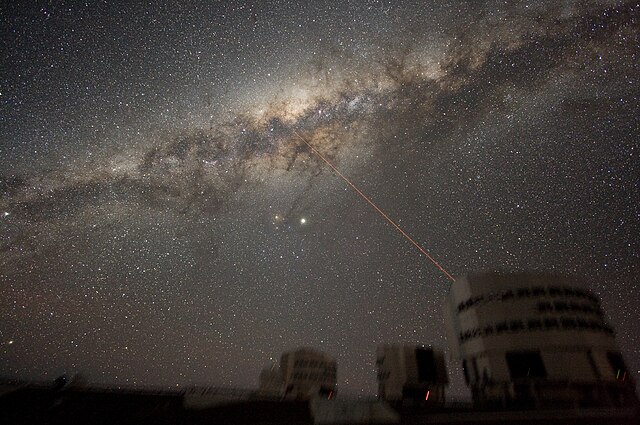The Milky Way Galaxy, often simply referred to as the Milky Way, is not only our home in the cosmos but also a source of wonder and fascination for astronomers and space enthusiasts. It is a massive, barred spiral galaxy that contains billions of stars, planets, and other celestial objects. Let’s explore some of the wonders of the Milky Way Galaxy:
Vastness:
The Milky Way is immense, with a diameter estimated to be about 100,000 to 120,000 light-years. It contains between 100 billion and 400 billion stars, as well as an unknown number of planets, asteroids, and comets.
Spiral Structure:
Our galaxy has a beautiful spiral structure, characterized by arms that wind outward from a central bar. The spiral arms, including the Perseus Arm and the Orion Arm, are regions of active star formation.
Stellar Diversity:
The Milky Way hosts a diverse population of stars, ranging from massive, short-lived blue giants to smaller, long-lived red dwarfs. These stars vary in age and composition, providing a wealth of information about the galaxy’s history.
Star Clusters:
The Milky Way contains numerous star clusters, including open clusters like the Pleiades and globular clusters like Omega Centauri. These clusters are densely packed groups of stars with unique characteristics.
Black Hole at the Center:
At the heart of the Milky Way lies a supermassive black hole known as Sagittarius A* (pronounced “Sagittarius A-star”). This black hole has a mass of about 4 million times that of our Sun and plays a crucial role in the galaxy’s dynamics.
Galactic Halo:
Beyond the visible disk of the Milky Way is a halo of stars, globular clusters, and dark matter. This halo extends much farther than the visible structure of the galaxy itself.
Galactic Cannibalism:
The Milky Way has a history of interacting and merging with smaller galaxies. Some of the stars in the Milky Way’s halo are thought to have originated in these accreted galaxies, leading to the concept of galactic cannibalism.
Dark Matter:
The Milky Way is enveloped in a massive halo of dark matter, a mysterious and invisible substance that exerts a gravitational pull on visible matter. Understanding dark matter is one of the fundamental challenges in astrophysics.
Planetary Systems:
Our solar system is located within the Milky Way, and it consists of the Sun, planets, moons, and a myriad of other objects. The search for exoplanets (planets outside our solar system) within the Milky Way has become a major focus of astronomy.
Hubble’s Law:
Observations of distant galaxies within the Milky Way’s vicinity played a crucial role in the discovery of Hubble’s Law, which describes the expansion of the universe. This law revolutionized our understanding of the cosmos.
Astronomical Phenomena:
The Milky Way serves as a backdrop for various astronomical phenomena, including supernovae, gamma-ray bursts, and gravitational lensing events, which can provide valuable insights into the nature of the universe.
Human Exploration:
As we continue to explore space, the Milky Way remains the ultimate destination for human space exploration. Colonizing other star systems within our galaxy is a long-term goal that has captured the imagination of scientists and science fiction enthusiasts alike.
The Milky Way Galaxy is not only a celestial wonder but also a fundamental aspect of our existence and our quest to understand the universe. Its mysteries and marvels continue to inspire scientists and stargazers as we seek to unravel the secrets of our cosmic home.










